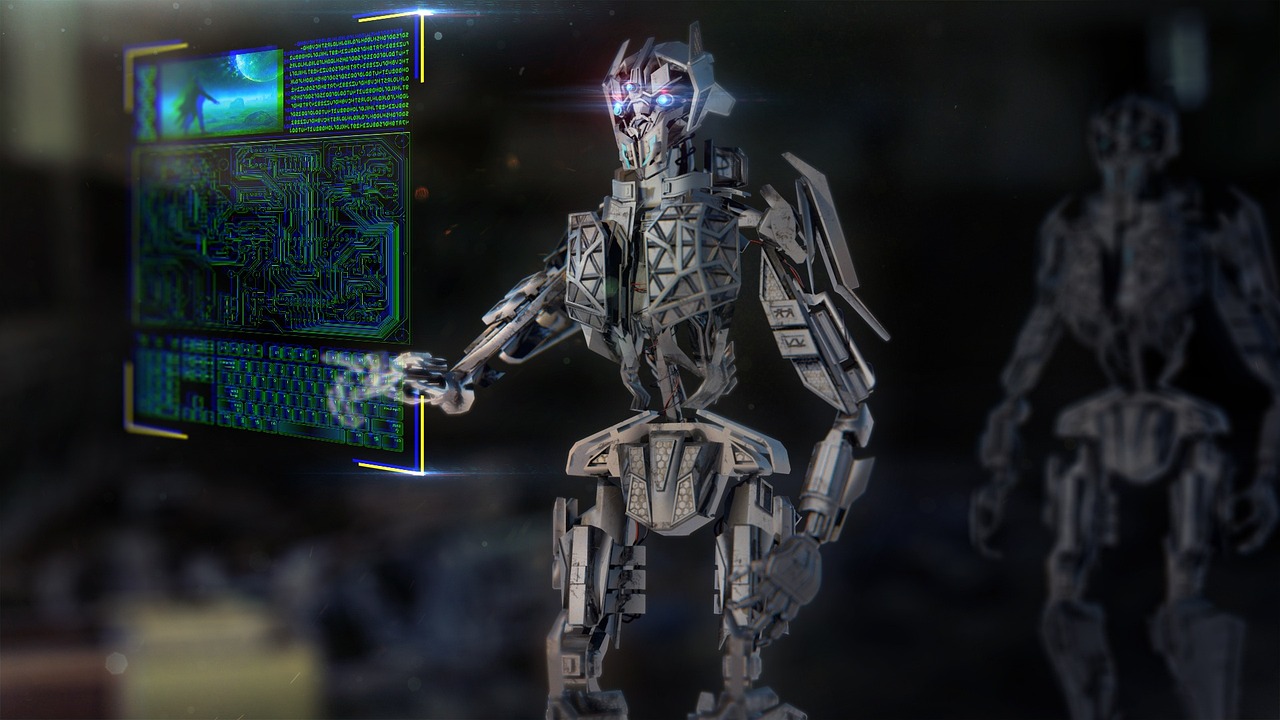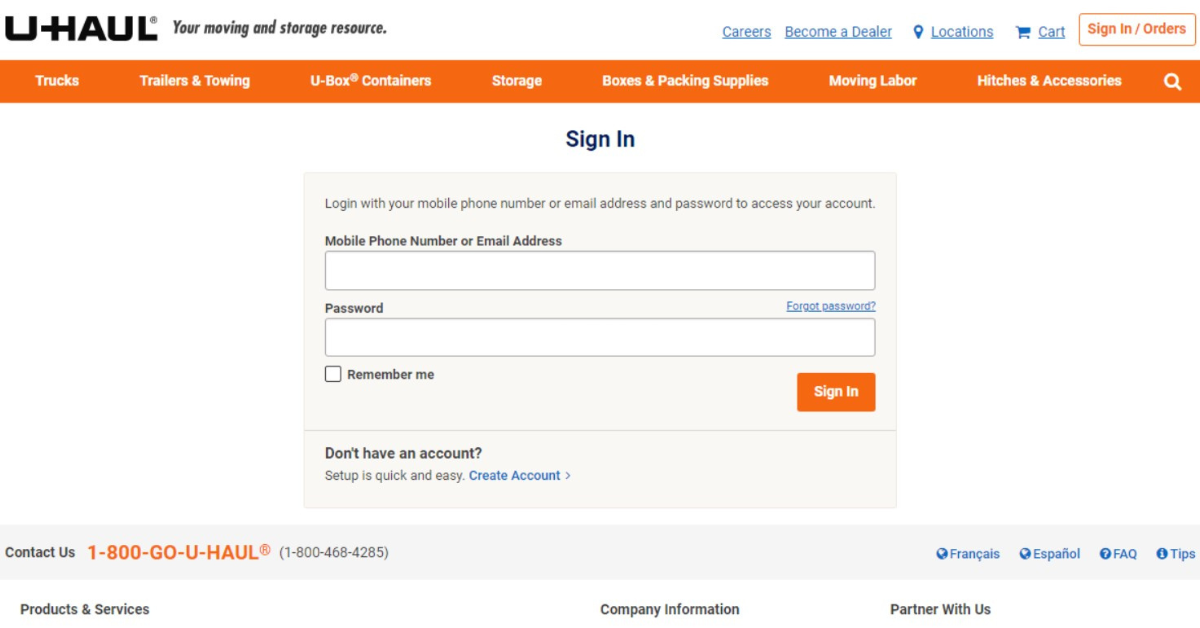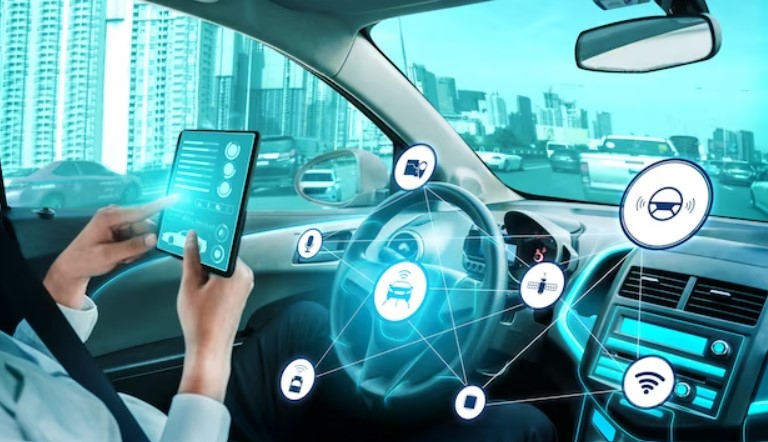Introduction
In today’s fast-paced world, modern technology has become an integral part of our daily lives. From smartphones to artificial intelligence, technology has transformed the way we communicate, work, and live. While there are numerous benefits of embracing modern technology, it is important to acknowledge that it also brings along its fair share of disadvantages. This article explores the advantages and disadvantages of modern technology and its impact on various aspects of our lives.
Advantages of Modern Technology
1. Increased Efficiency and Productivity
Modern technology has revolutionized the way businesses operate and individuals perform tasks. It has significantly increased efficiency and productivity in various industries. With the help of advanced tools and software, complex tasks can now be automated, reducing human error and saving valuable time. For example, computer-aided design (CAD) software enables engineers to design intricate structures with precision and speed.
2. Improved Communication
One of the greatest advantages of modern technology is the ease and speed of communication. With the advent of smartphones, social media, and instant messaging apps, staying connected with friends, family, and colleagues has become effortless. Distance is no longer a barrier, as video calls and conferences allow face-to-face interactions regardless of geographical location. Furthermore, email and online collaboration tools have transformed the way teams work together, fostering better communication and collaboration.
3. Access to Information
The internet has revolutionized access to information. With just a few clicks, we can explore a vast repository of knowledge on any subject. Online search engines, digital libraries, and educational platforms provide us with instant access to articles, research papers, books, and online courses. This democratization of knowledge has empowered individuals to learn and grow at their own pace, regardless of their physical location or socioeconomic background.
4. Automation and Streamlining of Processes
Modern technology has automated and streamlined numerous processes, making them faster and more accurate. In manufacturing, robotics and automation systems have revolutionized production lines, increasing output and reducing costs. In healthcare, electronic medical records (EMRs) have simplified patient management, ensuring accurate and timely information for healthcare providers. The automation of routine tasks allows professionals to focus on more complex and creative aspects of their work.
5. Enhanced Connectivity and Networking
Technology has brought people together like never before. Social media platforms enable individuals to connect and share their thoughts, experiences, and ideas with a global audience. Networking platforms such as LinkedIn have transformed professional relationships, making it easier to connect with colleagues, mentors, and potential employers. The ability to collaborate and connect with people from diverse backgrounds fosters innovation and opens up new opportunities for growth.
6. Innovation and Creativity
Modern technology fuels innovation and creativity across various industries. With advancements in artificial intelligence, machine learning, and data analytics, businesses can gather valuable insights and make data-driven decisions. Startups and entrepreneurs can leverage technology to disrupt traditional industries and introduce new products and services. The constant evolution of technology encourages individuals and organizations to think outside the box, pushing the boundaries of what is possible.
Disadvantages of Modern Technology
1. Overdependence on Technology
One of the significant disadvantages of modern technology is the risk of overdependence. As technology becomes more integrated into our lives, we rely on it for even the simplest tasks. This overreliance can lead to a loss of essential skills and a decreased ability to solve problems independently. Additionally, when technology fails or malfunctions, it can cause significant disruptions and frustrations.
2. Privacy and Security Concerns
With the proliferation of digital data and online interactions, privacy and security concerns have become paramount. Personal information shared online can be vulnerable to hacking, identity theft, and unauthorized access. Moreover, surveillance technologies and data collection practices raise ethical concerns regarding the right to privacy. Balancing the benefits of technology with the need for privacy and security is an ongoing challenge.
3. Health Risks and Sedentary Lifestyle
While technology has made our lives more convenient, it has also contributed to a sedentary lifestyle and associated health risks. Spending excessive time sitting in front of screens, whether for work or leisure, can lead to physical inactivity, obesity, and related health issues. It is important to maintain a balance between screen time and physical activity to promote overall well-being.
4. Social Isolation and Impersonal Interactions
Despite the ability to connect with others digitally, modern technology can also contribute to social isolation. Spending excessive time on social media or online activities can lead to reduced face-to-face interactions and a sense of detachment from real-world relationships. It is crucial to prioritize meaningful offline interactions and maintain a healthy balance between virtual and personal connections.
5. Environmental Impact
The production, use, and disposal of modern technology devices have a significant environmental impact. Electronic waste, or e-waste, poses a growing concern as devices become obsolete and are discarded. Proper recycling and responsible disposal of electronic devices are essential to minimize the environmental footprint. Additionally, the energy consumption associated with technology infrastructure contributes to carbon emissions and climate change.
6. Job Displacement
As technology advances, it inevitably replaces certain job roles and tasks. Automation and artificial intelligence have the potential to automate repetitive and routine jobs, leading to job displacement for some workers. While new jobs may emerge as a result of technological advancements, individuals must adapt and acquire new skills to remain competitive in the evolving job market.
Conclusion
Modern technology has revolutionized the way we live, work, and interact. Its advantages are evident in increased efficiency, improved communication, access to information, automation, enhanced connectivity, and innovation. However, it also poses challenges such as overdependence, privacy concerns, health risks, social isolation, environmental impact, and job displacement. It is crucial to harness the benefits of technology while being mindful of its potential drawbacks. Striking a balance and making informed choices can help us maximize the advantages and mitigate the disadvantages of modern technology.





